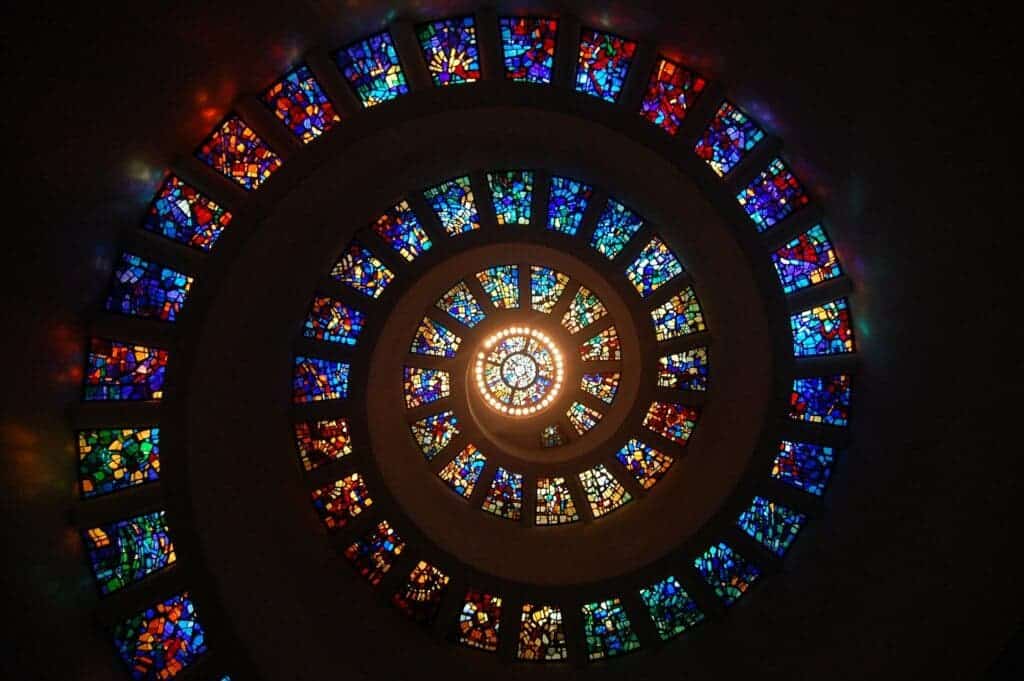New research from the UC Davis Eye Center and France’s INSERM Stem Cell and Brain Research Institute could provide glasses that help the color-blind perceive hues.

As of now, the glasses use “advanced spectral notch filters” to enhance the color-perceiving ability for patients with anomalous trichromacy, the most common type of red-green color vision deficiency (CVD). This effect seemed to persist even after participants took the glasses off, the team adds.
Color-seeing glasses
“Extended usage of these glasses boosts chromatic response in those with anomalous trichromacy (red-green color vision deficiency),” said John Werner, distinguished professor of ophthalmology and a leader in vision science at UC Davis Health, first author of the study.
“We found that sustained use over two weeks not only led to increased chromatic contrast response, but, importantly, these improvements persisted when tested without the filters, thereby demonstrating an adaptive visual response.”
According to the team, 7% of men and 0.5% of women worldwide suffer from CVD — a total of 13 million in the US and 350 million globally. UC Davis, they estimate, has around 1,700 students with red-green CVD.
People with CVD see colors as more muted and washed-out. They have a hard time differentiating between some colors and can perceive a much smaller color palate than an individual with normal color vision.

Image credits Medical Photographic Library
The glasses devised by the team use spectral notch filters, which attenuate part of the visible light that hits them. These “EnChroma glasses” should help CVD patients better distinguish colors and make them seem more vibrant and distinct by increasing the separation between different-colored wavelengths of light.
They were given to participants to wear over two weeks. They were asked to keep a diary and were re-tested on days 2, 4, and 11 without wearing the glasses. Another group of students received normal (placebo) glasses.
Individuals with red-green CVD showed a higher ability to distinguish these colors, the team found. This effect persists for some time after wearing the glasses, as revealed by participants’ performance during the re-tests, although it is yet unclear as to how long the effect lasts.
Alex Zbylut, one of the color blind participants in the study, first received the placebo glasses and was then given the experimental ones to try out. He explains that when he goes outside wearing these glasses, “all the colors are extremely vibrant and saturated, and I can look at trees and clearly tell that each tree has a slightly different shade of green compared to the rest. I had no idea how colorful the world is and feel these glasses can help color blind people better navigate color and appreciate the world.
Werner says this effect can’t be achieved with broad-band filters sold as aids to the color blind. The findings might point to changes in brain networks or processing patterns causing the observed effect — and which may be used as an avenue for treatment in the future.
The paper “Adaptive Changes in Color Vision from Long-Term Filter Usage in Anomalous but Not Normal Trichromacy,” has been published in the journal Current Biology.









